14:35, 11/10/2023
Golden apple snails are a serious pest with voracious appetites. They love to eat young rice plants in the seedling stage of direct-sown rice. In a day, a golden apple snail can damage dozens of seedlings.
When the rice plants are old, golden apple snails switch to eating other soft-leafed plants in the rice fields such as algae, duckweed, grass, etc. In addition, they also eat banana leaves, cassava, sweet potatoes, papaya, water spinach, green vegetables, and jackfruit fibers.
Golden apple snails are always present in rice fields because they easily adapt to adverse environmental conditions. When it is hot, the snails dive deep into the water and often gather in shady places. When the rice fields are in the flowering period and there is enough water in the fields, they come out to pair up to reproduce.
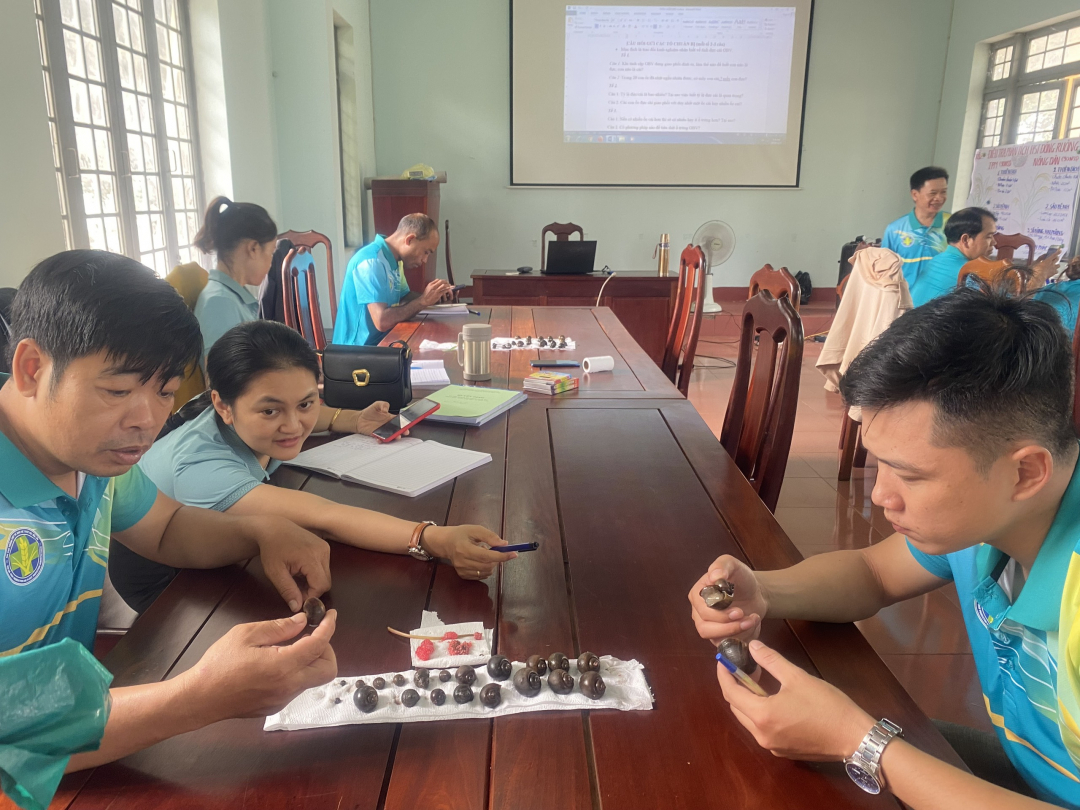 |
| Participants of the Dak Lak Integrated Pest Management (IPM) training course were instructed on how to identify and prevent golden apple snails. |
The reproduction rate of golden apple snails is very fast; after 1-2 days of mating, the snails begin to lay eggs, each clutch has several hundred eggs. Each female golden apple snail lays 11-12 clutches in a laying cycle; the hatching rate is up to 80%. When the rice is about to be harvested, the fields dry up, the snails burrow deep in the mud, dormant for up to 6 months, until the next rice crop, when there is water, they continue to appear and develop.
Because of their voracious appetite, golden apple snails grow very quickly and can live up to 2-3 years. This is an adaptive feature of golden apple snails in all conditions that other pests do not have, making it difficult to completely control.
Normally, when the density of golden apple snails is high and causes significant damage, farmers use chemicals to control them. This is a big mistake that rice producers have not yet overcome.
It is necessary to combine management measures to minimize the level of damage to rice fields in areas infected with golden apple snails. For biological measures, ducks can be released into the fields before sowing and after harvesting so that the ducks can eat the snails. Use some biological and herbal medicines to eliminate snails in rice fields. For technical measures, before sowing, it is necessary to clean the fields, clear weeds, make ditches around the fields so that water can push golden apple snails to places with water, put stakes along the banks, where the water flows and in deep ditches for snails to crawl up to lay eggs, making it convenient for collecting and destroying eggs. Use materials that snails like to attract them such as vines, sweet potato leaves, taro leaves, papaya leaves and jackfruit fiber peels... put them in the ditches to attract more snails from other places to crawl over. After the snails are covered with the material, the catcher only needs to bring out a basket or net to catch them easily.
Snails must be regularly caught and egg nests collected from the time of sowing and transplanting until harvest. It is also possible to flood the fields to make the golden apple snails active, then plow with a strong mechanical impact to kill the snails. It is possible to drain all the water in the fields, so that the snails gather in the canals, and use rice husks to put in the canals. The rice husks will stick to the bodies of the golden apple snails when they crawl, and the rice husks will prevent the snails from closing their lids and they will die. Use lime to put in stagnant water in the fields or ditches (when all the water is drained from the fields to the ditches), the golden apple snails that gather in the water will die because the pH increases above 5.0. Or use lime to spread evenly over the fields after tilling the soil to kill the golden apple snails. For single-crop rice fields, rotating rice with upland crops (corn, peanuts, soybeans, etc.) will reduce the density of golden apple snails.
Only use chemicals to kill golden apple snails when absolutely necessary, and must follow the "4 rights" principle (right medicine, right time, right way and right dosage and concentration).
Rosewood
Source











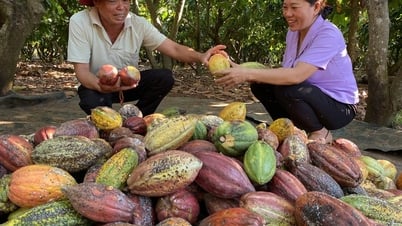


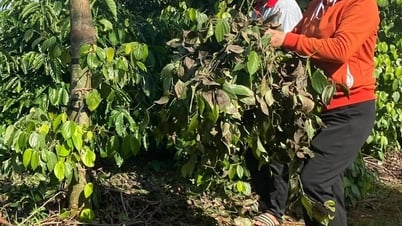





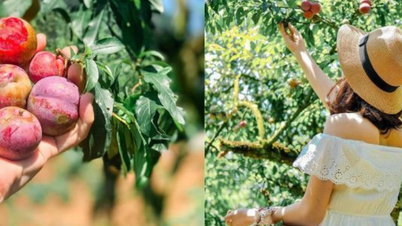




































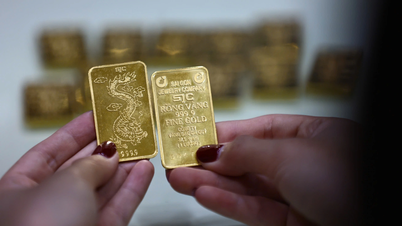













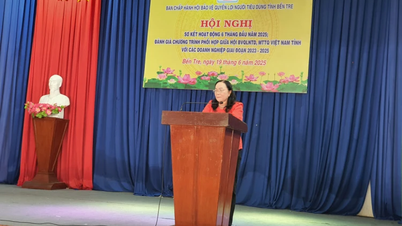


















Comment (0)